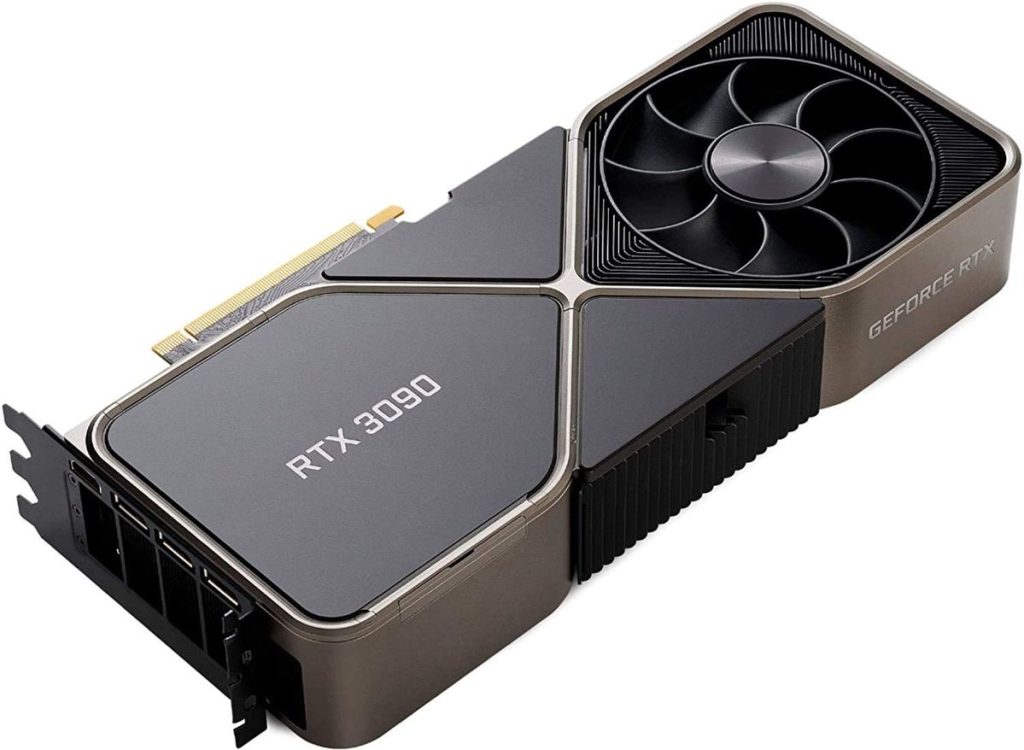If you’re serious about gaming, your graphics card (GPU) is one of the most critical components of your gaming rig. The GPU determines how well your PC renders graphics, affecting everything from frame rates to visual fidelity. With an ever-growing list of options and new technologies hitting the market each year, picking the right graphics card for your needs can feel daunting. This guide will cover everything you need to know, including key features, top models of 2024, and tips for finding the best GPU for your setup.
What Does a Graphics Card Do?
The graphics card is responsible for rendering images and video, performing complex calculations to turn data into visuals on your screen. For gamers, this means smoother frame rates, higher resolutions, and better image quality, especially for resource-intensive games. An excellent GPU ensures that your gaming experience is fluid, with minimal lag, and that you can enjoy games in all their visual glory.
Why Is a GPU Important for Gaming?
- Graphics Quality: A powerful GPU can render high-resolution textures, real-time shadows, and other graphics settings that make games look stunning.
- Frame Rate Performance: Smooth gameplay depends on high frame rates (frames per second, or FPS). A high-end GPU enables consistent frame rates even at high resolutions.
- Future-Proofing: A good GPU can handle newer games and is more capable of meeting the demands of future releases, saving you from frequent upgrades.
Key GPU Features for Gamers
Here are the essential specs and features to consider when selecting a GPU:
- VRAM (Video RAM):
- VRAM is the memory the GPU uses to store textures and assets. For 1080p gaming, 6GB of VRAM is sufficient, but for 1440p or 4K gaming, 8GB or more is recommended.
- Ray Tracing:
- Ray tracing simulates real-time lighting and shadows for more realistic visuals. NVIDIA’s RTX cards and AMD’s RX 6000 and 7000 series offer ray tracing features.
- DLSS and FSR (Upscaling Technology):
- NVIDIA’s DLSS (Deep Learning Super Sampling) and AMD’s FSR (FidelityFX Super Resolution) improve performance by upscaling lower-resolution images, allowing smoother gameplay without compromising visual quality.
- Power Consumption and Heat Management:
- Higher-end GPUs require more power and generate more heat, so ensure your PC has a compatible power supply and efficient cooling system.
- Resolution and Refresh Rate Compatibility:
- If you have a 1440p or 4K monitor, you’ll want a GPU that can keep up. Match your GPU to your monitor’s resolution and refresh rate for the best experience.
Top Gaming Graphics Cards in 2024
Here are some of the best gaming graphics cards available in 2024, each tailored to different performance needs and budgets:
- NVIDIA GeForce RTX 4090
- VRAM: 24GB GDDR6X
- Resolution: Ideal for 4K gaming
- Why It’s Great: The RTX 4090 is the current pinnacle of gaming performance, handling 4K gaming with ease, high frame rates, and advanced ray tracing.
- AMD Radeon RX 7900 XTX
- VRAM: 24GB GDDR6
- Resolution: Great for 4K gaming
- Why It’s Great: The RX 7900 XTX is AMD’s top card, competing closely with NVIDIA’s high-end models. It’s an excellent choice for gamers who want 4K performance without the NVIDIA premium.
- NVIDIA GeForce RTX 4070 Ti
- VRAM: 12GB GDDR6X
- Resolution: Best for 1440p gaming
- Why It’s Great: The 4070 Ti balances performance and price, making it ideal for high-refresh 1440p gaming and decent 4K performance with moderate settings.
- AMD Radeon RX 7700 XT
- VRAM: 12GB GDDR6
- Resolution: Perfect for 1440p gaming
- Why It’s Great: The RX 7700 XT offers an affordable yet powerful solution for 1440p gamers, with good ray tracing and upscaling support, plus solid performance for newer titles.
- NVIDIA GeForce RTX 3060
- VRAM: 12GB GDDR6
- Resolution: Ideal for 1080p gaming
- Why It’s Great: For budget-conscious gamers, the RTX 3060 still delivers solid 1080p performance, ray tracing, and DLSS support at a lower price.
How to Choose the Right GPU for Your Needs
- Determine Your Resolution and Frame Rate Goals:
- For 1080p gaming, mid-range GPUs like the RTX 3060 or RX 6600 XT are sufficient. For 1440p or 4K, look at higher-end cards like the RTX 4070 Ti or RX 7900 XTX.
- Consider Future Games and Upgrades:
- If you’re planning to upgrade your monitor to a higher resolution or refresh rate, it might be worth investing in a more powerful GPU now.
- Check Compatibility:
- Make sure your power supply can handle the GPU’s wattage, and that your case has enough space for it. Larger cards like the RTX 4090 require spacious cases and robust power supplies.
- Budget Accordingly:
- If you’re on a budget, mid-range options like the RX 7700 XT or RTX 3060 provide good value for 1080p and 1440p gaming.
- Research Benchmark Performance:
- Check benchmarks for the games you play to get an idea of how each GPU performs.
Tips for Maximizing GPU Performance
- Keep Drivers Updated:
- GPU manufacturers frequently release driver updates that improve performance and stability, especially for new games.
- Adjust In-Game Settings:
- For demanding games, consider lowering settings like shadows, texture quality, or ray tracing to improve frame rates.
- Use Upscaling Features:
- DLSS and FSR can boost performance without a noticeable decrease in quality, especially at higher resolutions.
- Monitor Temperatures:
- High temperatures can throttle performance. Ensure your case has good airflow and, if needed, consider adding more fans or upgrading your cooler.

